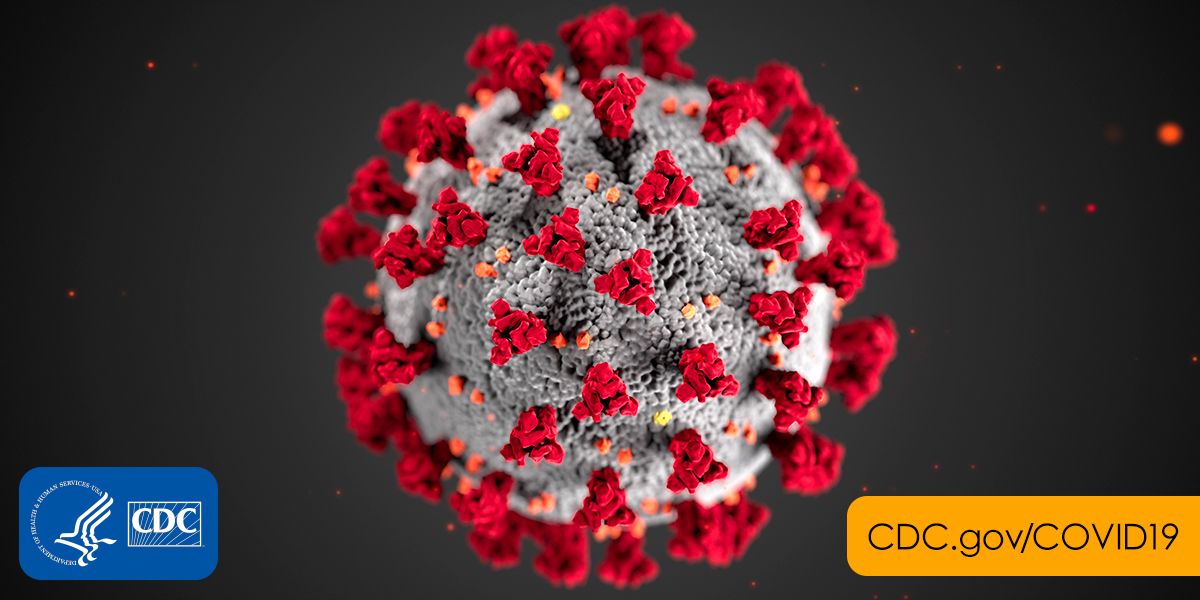COVID-19 Clues Found in SARS and MERS Images
Shared symptoms with previous pulmonary syndromes could help with COVID-19 diagnosis.



Initial features for COVID-19 seen on CT scans have been non-specific, but the findings are significantly similar to the two previous viral outbreaks that also caused worldwide concern in the past 20 years – SARS and MERS. Radiologists should be aware of symptom overlap as more cases begin to emerge in the United States.
In a review of existing clinical literature, published online Friday in the American Journal of Roentgenology, a research team from the University of California at Los Angeles (UCLA) outlined the various symptoms shared between these pulmonary syndromes, as well as how they differ. Knowing how the virus, which is first suspected due to pneumonia symptoms, presents on imaging can help providers with diagnosis as incidence spreads nationwide and chest CT scans increase in volume.
“Radiologists should be prepared for the incidence of COVID-19 to escalate,” wrote lead study author Melina Hosseiny, M.D., a UCLA radiology postdoctoral research fellow. “Because the etiologic and clinical features of the syndrome are similar to those of SARS and MERS, the experience from those pulmonary syndromes can be helpful for managing the emerging COVID-19 outbreak.”
Shared and Differing Characteristics
According to the study analysis, all three viruses present peripheral multi-focal airspace opacities on chest CTs. Pneumothorax is rare, and cavitation and lymphadenopathy also haven’t been reported. Similar to its predecessors, as well, between 80 percent to 85 percent of patients infected with COVID-19 will have abnormalities on their first CT scans.
“Early evidence suggested that initial chest imaging [for COVID-19] will show abnormality in at least 85 percent of patients, with 75 percent of patients having bilateral lung involvement initially that most often manifests as subpleural and peripheral areas of ground-glass opacity and consolidation,” she said.
The research findings also show how the viruses differ. COVID-19 is unlike SARS or MERS because it’s more likely to involve both lungs on initial imaging instead of only one. COVID-19 CT scans reveal multi-focal ground-glass opacities and consolidation in 57 percent and 29 percent of cases, respectively, with a peripheral lung preference, and pleural effusion and pulmonary nodules haven't been reported. Findings also indicated older patients and those with more progressive consolidation are at greater risk for poorer outcomes.
Initial imaging with SARS is frequently unilateral with peripheral distribution and poorly-defined airspace opacity in the lower lung. Roughly half of patients have initial focal involvement, and only 10 percent experienced early diffuse involvement. MERS patients also exhibit multi-focal airspace opacities in the lower lung zones as the most frequent finding. As the disease progresses, abnormalities move to the perihilar and upper lobes. Bi-lateral and mostly ground-glass opacitites with a preference for basilar and peripheral lung zones are also possible with MERS. Isolated consolidation, interlobular septal thickening, and pleural effusion occur in 20 percent to 33 percent of patients with this virus.
Possible Long-Term Findings
Alongside shared characteristics during active infection, follow-up imaging also shows the lasting implications of these pulmonary syndromes, pointing to a need for post-recovery imaging with COVID-19 patients, as well, to ensure proper treatment.
“The experiences with SARS and MERS show that follow-up imaging should be performed in individuals recovering from COVID-19 to look for evidence of chronic involvement of the lungs, such as interlobular thickening, airtrapping, or fibrosis,” Hosseiny said.
With SARS, one-third of patients with lingering respiratory symptoms will have imaging findings of fibrosis, including interlobular and intralobular reticulation, traction bronchiectasis, as well as honeycombing in rare instances. Airtrapping, caused by ciliated respiratory epithelium damage, has been reported in 92 percent of patients who recovered from pneumonia but who are less likely to resolve completely.
Follow-up imaging of MERS patients also reveals 33 percent show signs of remaining lung fibrosis. Those patients are typically older, had a longer ICU stay, and had more significant lung involvement during active infection.
Ultimately, Hosseiny indicated, radiologists should familiarize themselves with the impact of COVID-19’s predecessors and prepare to provide CT services throughout the totality of the outbreak.
“The radiology team should be aware of all precautions and strategies to minimize the risk of infection among staff and patients,” she said. “Besides the acute phase, CT is recommended for follow-up in individuals who are recovering from COVID-19 to evaluate long-term or permanent lung damage, including fibrosis, as is seen with SARS and MERS infections.”
Meta-Analysis Shows Merits of AI with CTA Detection of Coronary Artery Stenosis and Calcified Plaque
April 16th 2025Artificial intelligence demonstrated higher AUC, sensitivity, and specificity than radiologists for detecting coronary artery stenosis > 50 percent on computed tomography angiography (CTA), according to a new 17-study meta-analysis.
The Reading Room: Racial and Ethnic Minorities, Cancer Screenings, and COVID-19
November 3rd 2020In this podcast episode, Dr. Shalom Kalnicki, from Montefiore and Albert Einstein College of Medicine, discusses the disparities minority patients face with cancer screenings and what can be done to increase access during the pandemic.
Could Lymph Node Distribution Patterns on CT Improve Staging for Colon Cancer?
April 11th 2025For patients with microsatellite instability-high colon cancer, distribution-based clinical lymph node staging (dCN) with computed tomography (CT) offered nearly double the accuracy rate of clinical lymph node staging in a recent study.